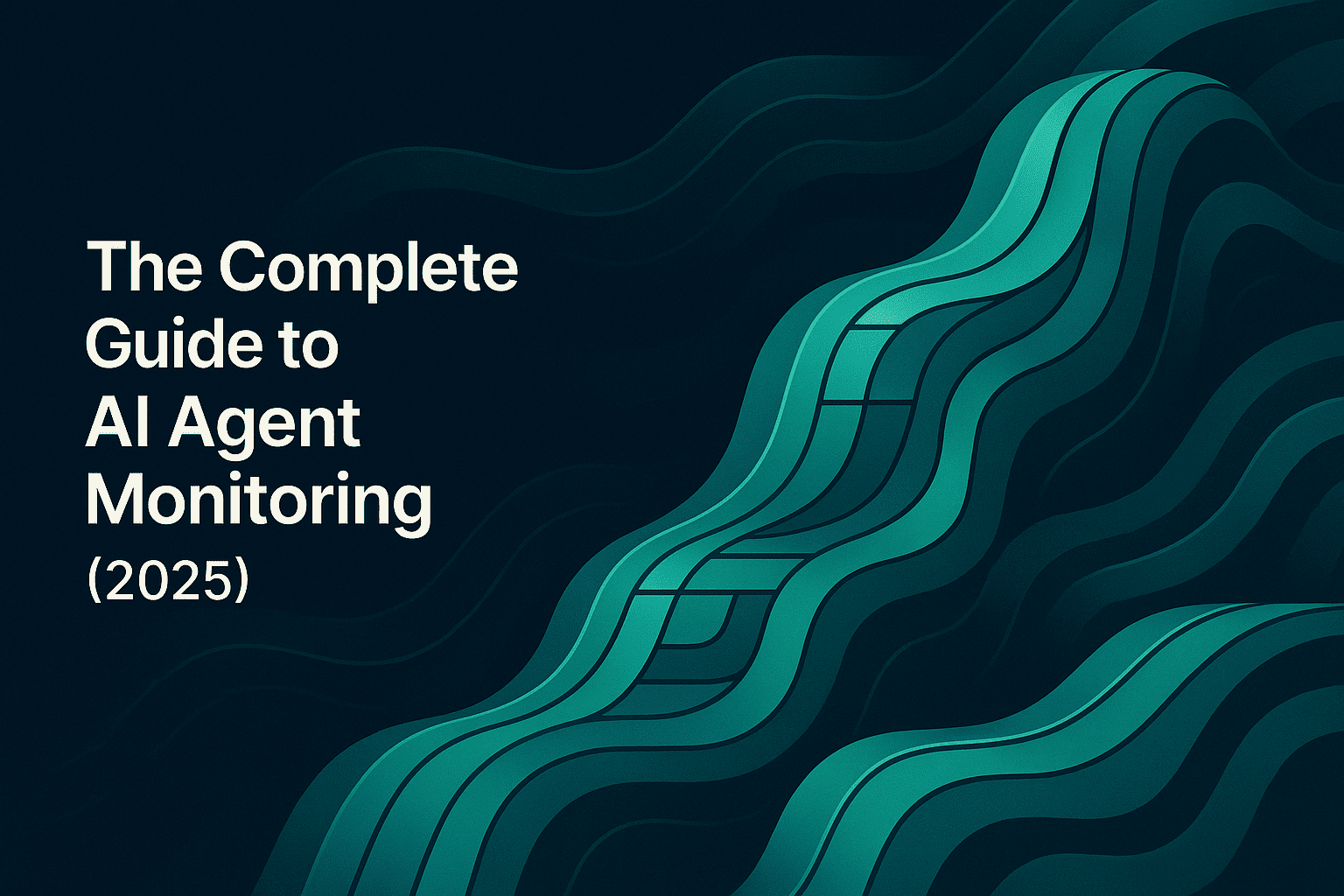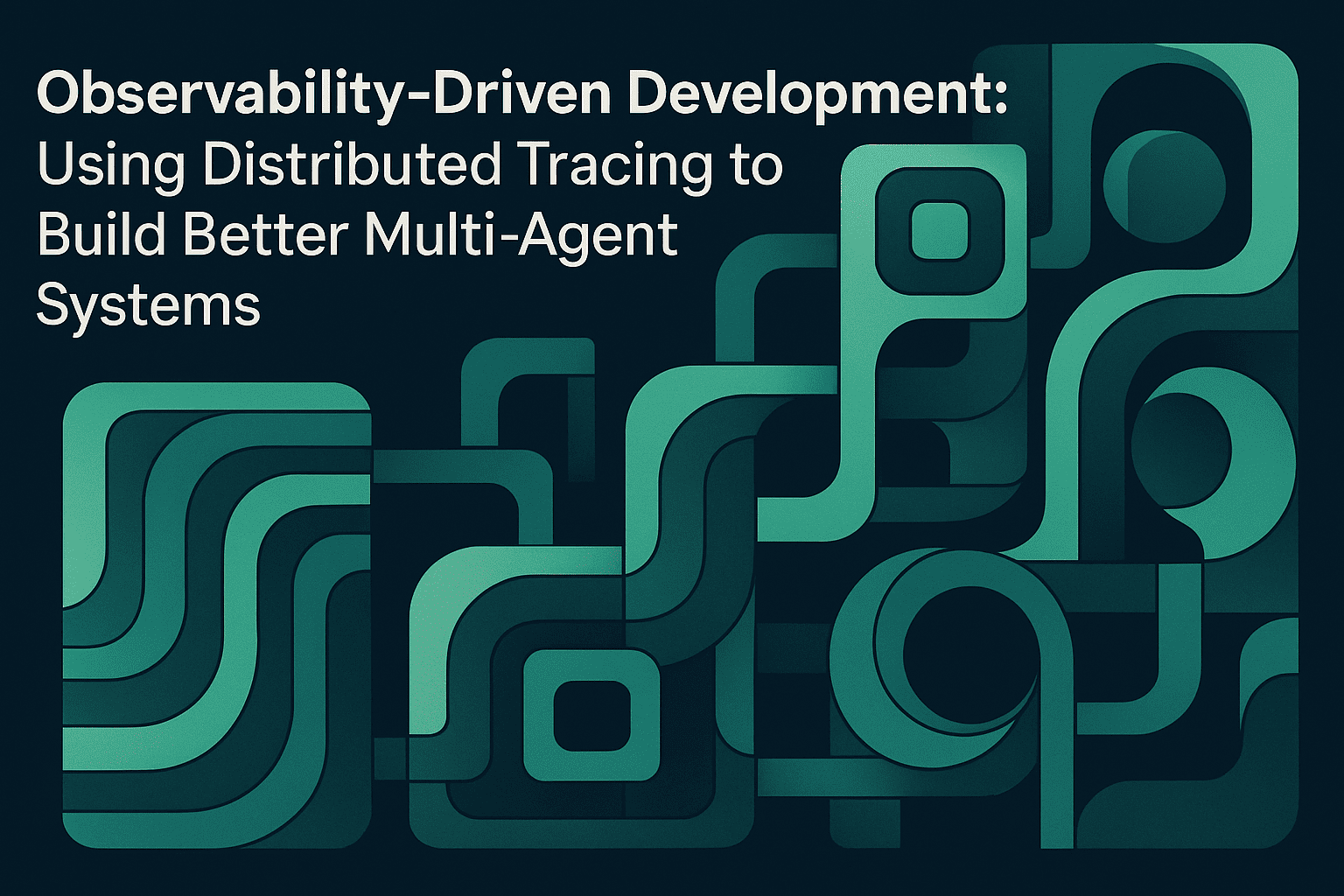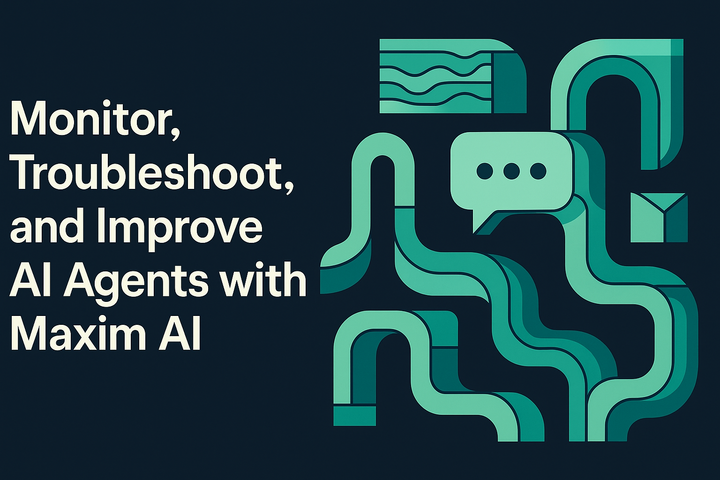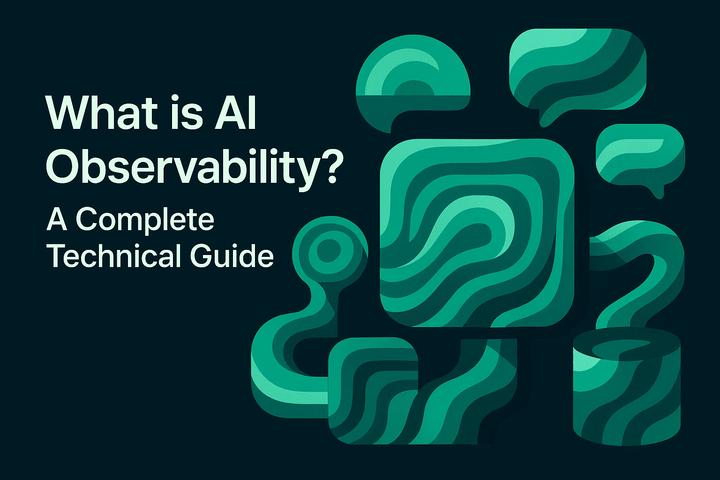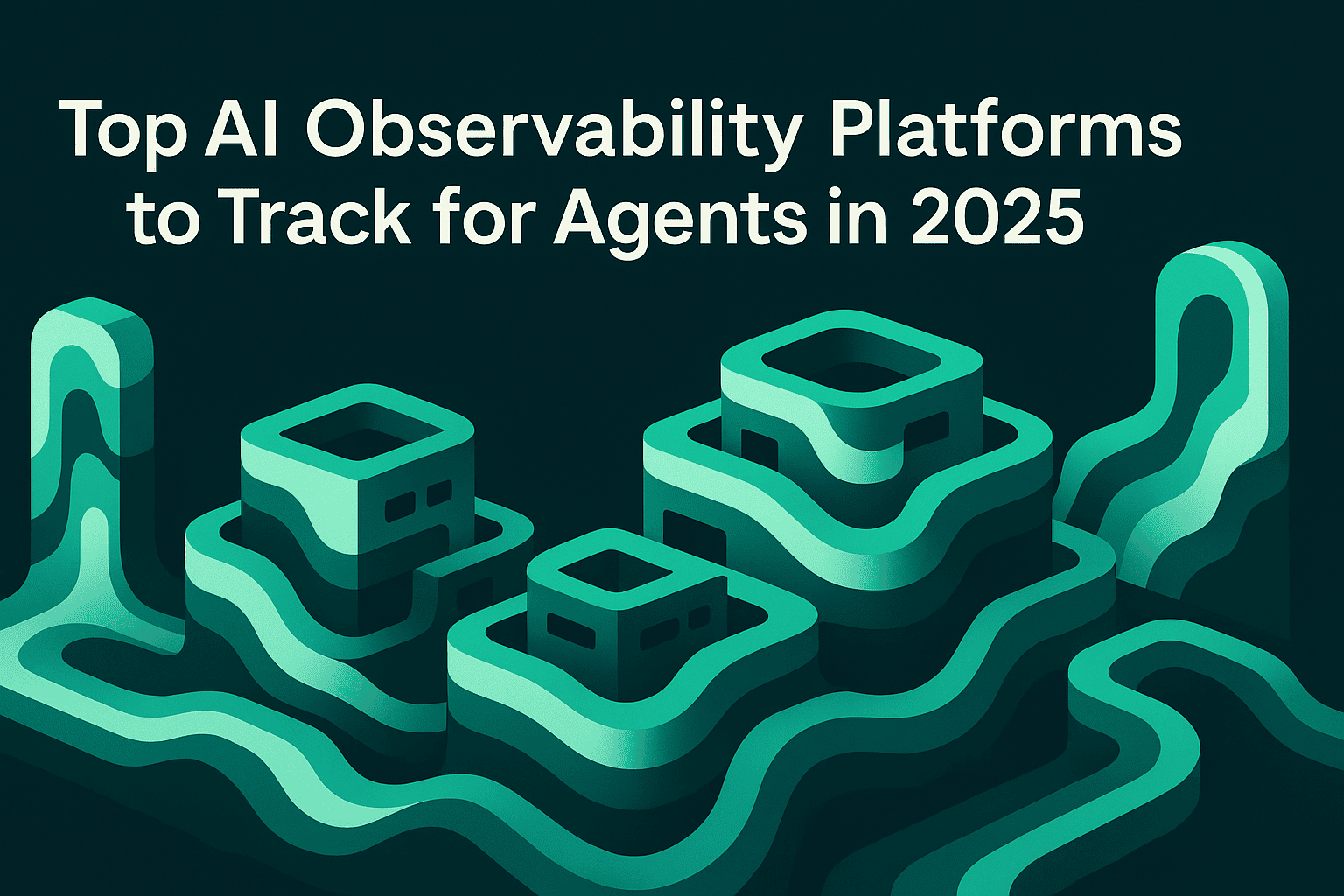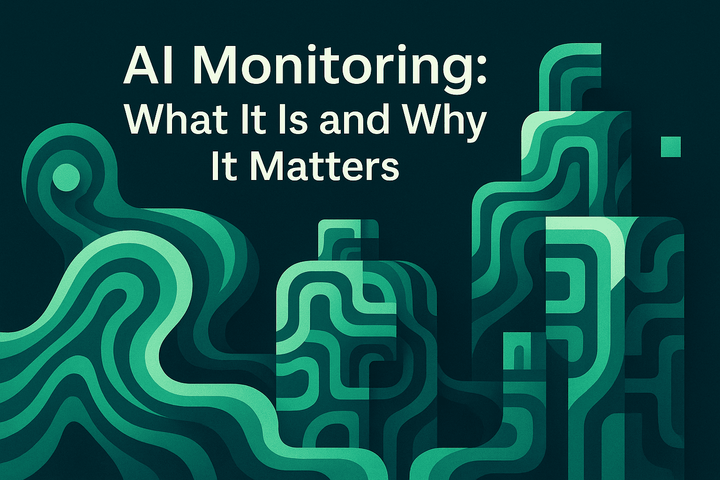
The Modern AI Observability Stack: Understanding AI Agent Tracing
TL;DR
AI agent tracing has become critical for building reliable AI applications at scale. Modern observability stacks enable teams to track agent behavior across multi-step workflows, debug failures in production, and systematically improve quality. This guide explores how distributed tracing adapts to AI systems, covering trace hierarchies, span-level monitoring,
